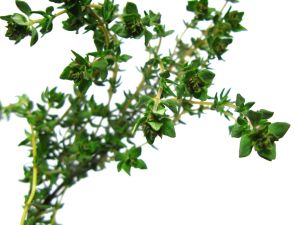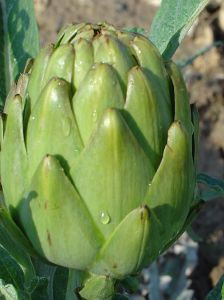It is imperative that we pay attention to what our pre-teens and teens are eating. We are heavily involved in setting the stage for their future health. Here is an excerpt outlining the Nutritional needs of teenagers:
Balanced Diet
The Dietary Guidelines for Americans recommends that teenagers have a balanced and varied diet. Eat five fruits and vegetables per day. These can be fresh, frozen, or dried. For energy, eat complex carbohydrate foods, such as brown rice, whole wheat pasta, whole grain bread and sweet potatoes. Eat lean meat, poultry, eggs, fish, beans and nuts to boost your daily protein intake. Protein builds and repairs the tissues in your growing body.
Snacking
Snacking on unhealthy foods can lead to unnecessary weight gain. Having breakfast will prevent this. Breakfast gives you the energy you need to start your day and also helps with your memory and concentration. If you get hungry between meals, avoid snacking on chips, chocolates, cookies, cakes and other high-fat or high-sugar foods. These foods contain saturated fat, which can increase the risk of developing heart disease if eaten frequently. Snack on more nutritious foods such as cheese, yogurt and fruit.
Calcium and Iron
The body's demand for calcium is at its highest during adolescence. Calcium is vital in your diet to build strong bones and teeth. A low intake of calcium during this time can lead to osteoporosis later in life. This is a bone disease where the bones become fragile and likely to fracture. From ages 13 to 18, the daily recommended allowance of calcium is 1,300mg, according to the National Institutes of Health. For age 19, the daily recommended allowance of calcium is 1,000mg. Eat calcium-rich foods such as low-fat dairy foods, green leafy vegetables and fish.
Iron also is an important mineral in a teen's diet, especially for young women. Eat iron-rich food such as meat, poultry, liver, iron-fortified breakfast cereals, green leafy vegetables, pulses, beans and nuts.
___________
Once a week 4-5 of my son's friends come over to participate in a role playing game called MouseGuard, and I make sure that I prepare healthy snack items for them. It's surprising how well they like what I make and comment that at home it's invariably chips, or crackers, or soda, or candy that they snack on.
It takes under 10 minutes to assemble a plate that you can put in the fridge for your teen to find when they get home:
Girls who take Birth Control pills are at risk of Vitamin B depletion, and should supplement with a well rounded B vitamin. This is not a trivial matter. Please, please try to encourage your children to eat a wide variety of foods. And if you need tips for picky eaters, DROP ME A NOTE! I can send you list of Lunch Ideas that are creative and healthy.
"Lifepak Teen" is a good supplement for kids between 9 - 18 and supplies the following vitamins and minerals:
Serving Size: 2 Capsule Servings Per Container: 60
- Vitamin A 5000 IU
- Vitamin C (as Calcium Ascorbate) 100 mcg
- Vitamin D 200 IU
- Vitamin E 50 IU
- Vitamin K1 20 mcg
- Thiamin 1.5 mg
- Riboflavin 1.7 mg
- Niacin 20 mg
- Vitamin B6 5.0 mg
- Folate 200 mg
- Vitamin B12 15 mcg
- Biotin 150 mcg
- Calcium 250 mg
- Iron 4.5 mg
Calories
On average, boys require about 2800 calories per day; and girls, 2200 calories per day. Typically, the ravenous hunger starts to wane once a child has stopped growing, though not always, says the dietitian. “Kids who are big and tall or who participate in physical activity will still need increased amounts of energy into late adolescence.” During middle and late adolescence, girls eat roughly 25 percent fewer calories per day than boys do; consequently, they are more likely to be deficient in vitamins and minerals. Read more here.
Eating Disorders
Here's a little 'literature' on eating disorders that many young people have, which underlines the need for monitoring our teens and what signals they may be responding to:
Also, households where there are high academic expectations are well-known breeding grounds for eating disorders.
Finally, many young women between the ages of 14 and 25 develop an eating disorder when they are not only under stress at school or college but also uncertain of their sexual orientation or sexual attractiveness.
Websites
BAM is a website that is both Fun and Informative, and is recommended by Nutrition.gov as a place designed for kids 9-13 years old:
- "BAM provides information to help them make healthy lifestyle choices. The site uses games, quizzes, and other interactive features to teach kids about topics such as food and nutrition, physical activity, and general safety."BAM!
- WebMD
- HealthyChildren.org
~ Be Well. ♥



